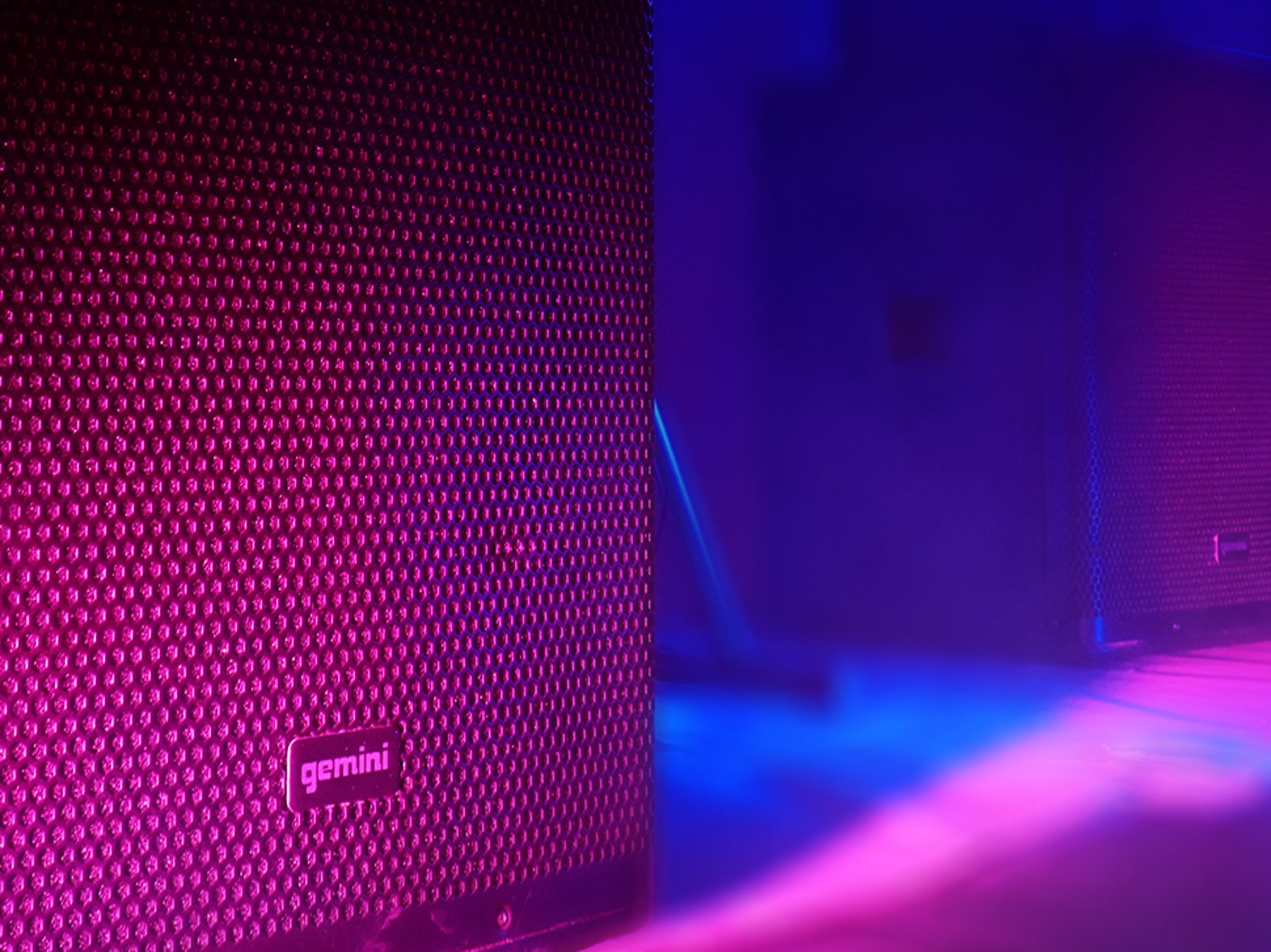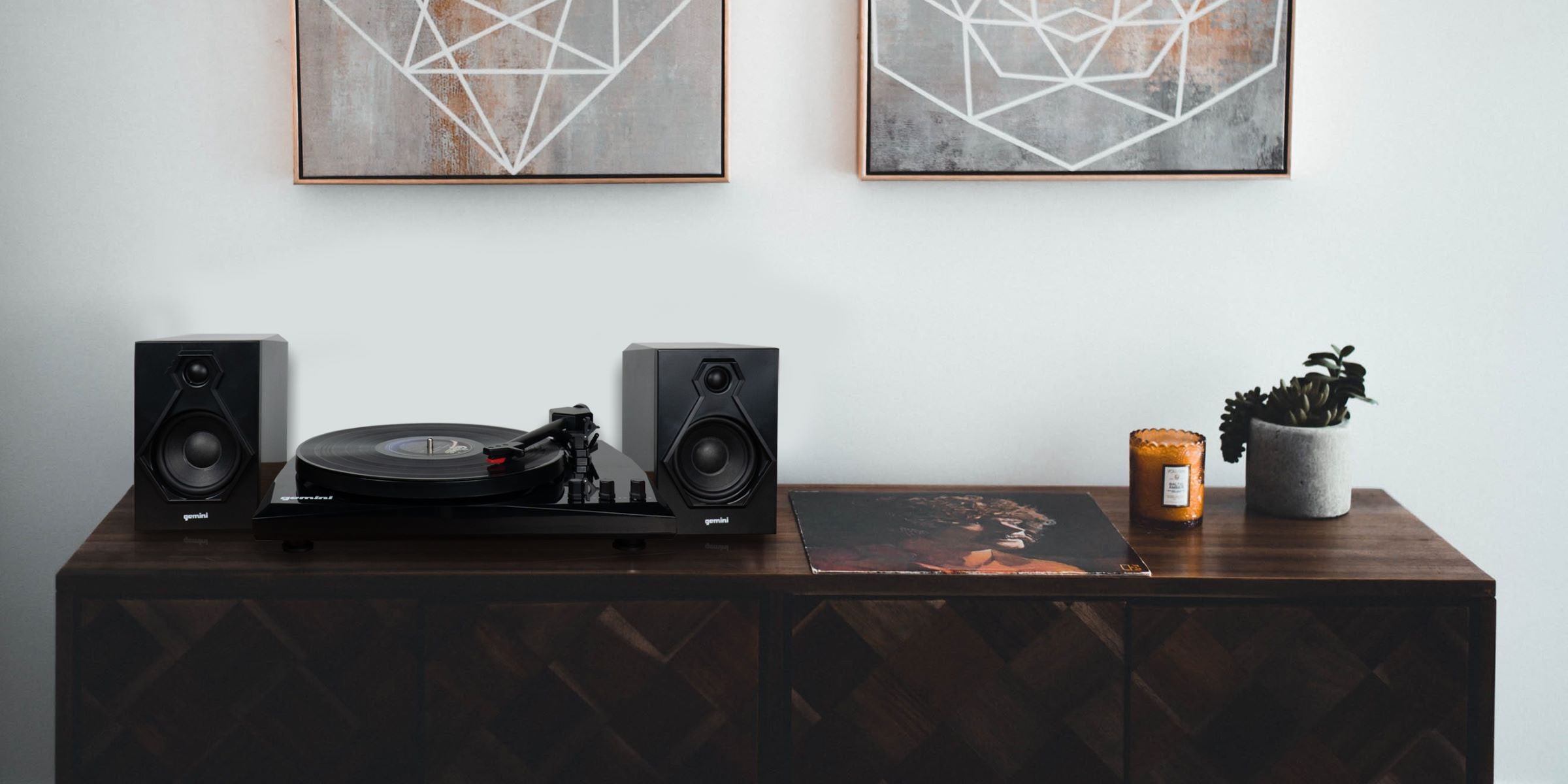Top 3 Acoustic Treatments for Your Home Studio

Are you ready to elevate your home studio? Proper acoustic treatment can help you produce high-quality music and voiceovers. Still trying to figure out where to start? No worries! This blog post will provide insights into the top three acoustic treatments ideal for home studios.
From insulation and soundproofing to sound absorbers, we explore what works best for different setups, rooms, spaces, and needs. Whether you have a professional recording studio or a DIY home set up, the correct home acoustics can make all the difference. Let's dig in!
What Is Acoustic Treatment and Why Is It Important?
Acoustic treatment works by absorbing or diffusing sound waves in a home studio before they bounce off walls, floors, and ceilings. They help eliminate any unwanted reverberation and create a reflection-free zone. Not only do they make for better audio recordings, but they can also help eliminate room resonances which makes EQ tweaks easier to hear. Additionally, quality home acoustics can help create an evenly balanced sound that no longer gives the listener ear fatigue.
If you control the environment, you create an ideal atmosphere for recording and mixing your music. Treatment products like insulation and soundproofing panels improve frequency response to get better sound out of your equipment and eliminate echo. With the proper setup, it will be easier to determine if your music has the right amount of bass and low-end frequencies and keep unwanted exterior sounds from affecting the recording.
Acoustic treatment and its importance understood, here are the three most popular materials for your home studio.
#1 - Home Studio Insulation
Home studio insulation is one of the most critical steps to achieving professional sound quality. Manufacturers design acoustic energy absorbers to reduce low-frequency sound energy, resulting in a more controlled environment where you can mix and record with greater accuracy and precision.
When you research insulation materials, you will find many suitable options, such as cork, rubber, foam panels, and more. You can find them all at home improvement stores or through individuals with expertise in home studio acoustics. Depending on the environment and treatment, your home studio may benefit from one material more than the others.
For instance, cork is great for reducing reverberation, particularly for voiceovers and singing, rubber is softer and often used as flooring for recording booths, and foam panels are an affordable solution that diffuses sound reflections. Whichever acoustic treatment you choose for your home studio, proper installation will be a requirement for effective soundproofing.
#2 - Acoustic Panels

While acoustic panels and home studio insulation effectively reduce noise, acoustic panels offer more advantages than soundproofing insulation. The most popular materials are mass, egg-crate foam panels, fabric-wrapped fiberglass acoustic panels, felt, and acoustic wedge foam. These kinds of high-quality acoustic panels absorb sound waves while soundproofing insulation blocks noise and exterior sound leakage.
An acoustic panel treatment for home studios can eliminate echo and reverberation, making it easier to hear conversations and music in a room. They also help reduce comb filtering, which is when multiple reflections of the same frequency interfere with each other and cause distortion. In comparison, soundproofing insulation does not have these home acoustics benefits. It simply blocks the transmission of sound from one area to another.
Not only are acoustic panels available in a wide variety of sizes, shapes, colors, and materials - allowing you to customize them for your unique space, they can be installed quickly with minimal effort. On the other hand, soundproofing insulation generally comes as rolls or sheets that require cutting and installing onto walls or ceilings, and if done without the right tools or know-how, may prove arduous and time-consuming.
Bass Traps
Creating the perfect home acoustics for your studio should involve two key elements: bass traps and treating first reflection points. Bass traps are low-frequency sound absorbers designed to reduce the standing waves in a room. The best way to install bass traps is to place them in the corners of your room, including the ceiling, and use triangular-shaped floor-to-ceiling traps for best results.
To extend the frequency response and absorb even more low-end frequencies, add an air gap of two inches to increase their thickness. Ideally, bass traps should be 4 inches thick with a two-inch air gap. While not essential, this strategy for acoustic treatments in the home studio will help you achieve the best recording conditions. That can be crucial for professional-sounding recordings that translate well outside the home environment.
Treating first reflection points includes placing devices such as absorption panels on walls or ceilings where sound reflects off them before hitting other surfaces like glass or metal items that can cause further acoustic issues. Both bass traps and treating first reflection points can create a more accurate listening environment with reduced echo and reverb, improved clarity and accuracy, reductions in flutter echoes between parallel surfaces, and better-sounding mixes for a more pleasurable listening experience for you and your audience.
Choose Gemini Sound for the Complete Package
Well, there you have it. With the right acoustic treatments, you can create a home studio that produces professional and accurate sounds every time. Acoustic panels, bass traps, and first reflection points are vital for setting up a home studio with superior acoustics.
Aside from these home acoustics treatments, investing in high-quality speakers, subwoofers, turntables, and media players can enhance your listening experience for even higher clarity and accuracy. At Gemini Sound, we can help you do just that by providing high-end quality at a much better value. Contact our experts today if you have questions or need further assistance.


